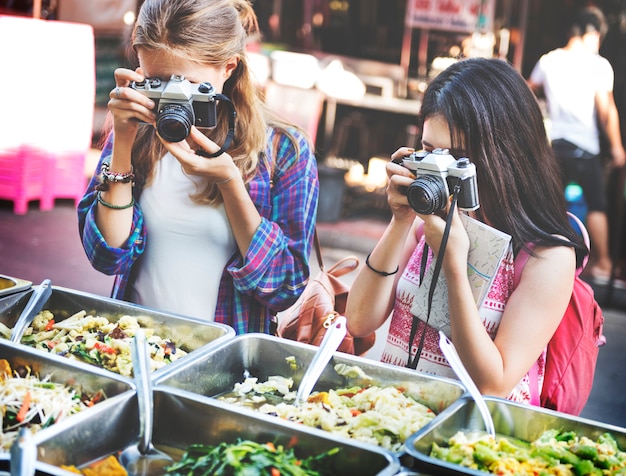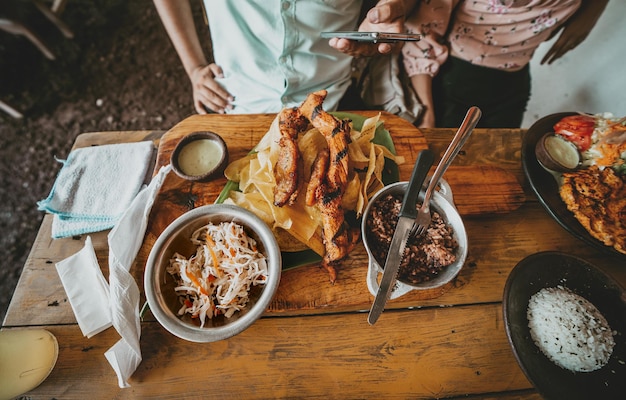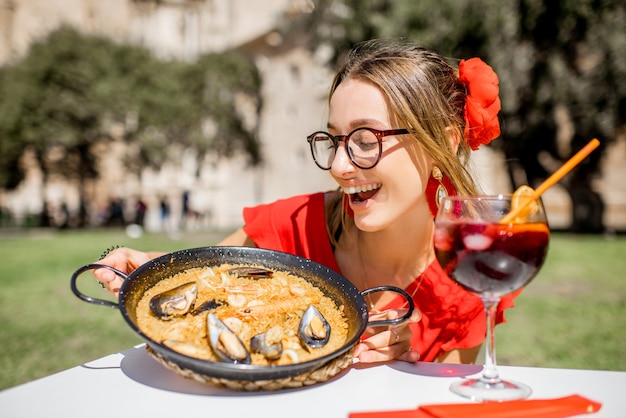“Best Food Tours” As a travel lover and dedicated food lover, I’ve long believed that the essence of any culture is found in its food. There’s something about local dishes that truly speaks to the heart of a destination, and I’ve savoured my fair share. I’ve also run (and had the great fortune of being led on) many food tours that travel to the world’s farthest reaches. I now share here my very best food tour experiences because I want you to visit these locations and enjoy what I consider some of the world’s most outstanding culinary adventures.
Why Opt for a Food Tour?
You may wonder why you should choose a culinary adventure rather than a meal at a fine restaurant. Here are several reasons that I think make food tours a superior choice:

- Authenticity: Food tours take you off the beaten path; you are served authentic food to the place you are visiting.
- Cultural Connection: Each dish tells a story. Local guides share fascinating and relatable insights about the history and culture behind their cuisine.
- Variety: Eating six dishes throughout a food tour is a great way to taste the breadth of a locality’s cuisine.
- Community: Nothing quite like sharing a meal with a small group of friendly strangers.
What to Expect on a Food Tour
Upon my first foray into the world of food tours, I was uncertain about what to anticipate. Here’s a framework for what one might experience:
- Local Guides: Most tours commence with a warm welcome from your guide, who will introduce themselves and engage your group with an intimate knowledge of the food and local area.
- Tasting Stops: This is part of the tour where you are encouraged to savour each bite. Expect a mix of across-the-board flavours that truly represent the local scene. With about six stops, I can guarantee that everywhere you go will blow your mind more than the last place.
- Cultural Insights: Yes, this is a food tour, but it’s also a cultural tour. Expect your guide to share fascinating stories about the ingredients, cooking methods, and traditions associated with your sampling dishes.
- Interactive Experiences: Depending on your guide and the nature of the tour, you might have some opportunities to get hands-on with your food through cooking demonstrations or other activities.
- Social Interaction: Another thing I love about food tours is how social they are. Chatting with fellow tour-goers makes for a lovely atmosphere on top of enjoying the best bites.
My Favourite Food Tours Around the World
- Melbourne’s Laneway Food Tour:
- The vibrant food scene in Melbourne makes the hidden alleys throughout the city a delectable experience. My tour took me into some of these clandestine passages where I enjoyed artisanal coffee and dumplings that rival some of the best I’ve ever tasted. Multiculturalism spills into nearly every part of Melbourne, and the guide shared the city’s many gourmet secrets with us.
- Barcelona’s Tapas Tour:
- In Barcelona, I took part in a tapa tour of many local bars. Each stop had a different tapas type, ranging from patatas bravas to jamón ibérico. The atmosphere was vibrant, and I enjoyed hearing the stories behind each dish as I sipped a glass of local wine. It was an engaging evening of food, culture, and conviviality.
- Tokyo’s Street Food Adventure:
- I am a food lover, and Tokyo is a street food paradise. My street food tour was a highlight of the trip. Not only did I take advantage of the second session of a two-part food marathon, lunch and dinner, but I also savoured each of the following: warm takoyaki, moist and tender sweet mochi, the city’s energy, and the people’s friendliness.
Tips for Choosing the Right Food Tour
When choosing a food tour, think about this:
- Research: Seek out tours that have glowing reviews and knowledgeable guides. Websites like TripAdvisor and local travel blogs can point you in the right direction.
- Your Tummy: Make sure the tour fits your dietary needs. Most guides can tailor the experience to ensure everyone enjoys the food.
- Size Matters: Small groups usually allow better interaction with the guide and other participants.
- Time: How much do you want to spend eating? Some tours are a couple of hours long; others take half a day or more.
Engaging with Food Tours
Having taken a few food tours, I realized they are not merely about consuming food; they are intimate ways of connecting with the culture and the people who make and share amazing food. Here are some strategies for making the most of your food tour:

- Ask Questions: Don’t hold back. Engage with your guide and the locals. They often have a wealth of knowledge (and stories) that make the food you’re eating—and the people making it—all the more special.
- Take Notes: If you experience a dish you can’t stop thinking about, write it down. I promise you’ll forget names and recipes in the haze of post-tour excitement if you don’t.
- Share Your Experience: Chew on it briefly (pun intended). If you can’t tell the folks back home about your food tour, who can?
Conclusion
Exploring a new destination through its food is an enticing way to indulge in different culinary delights. Food tours are a unique method of connecting with the local culture. They provide unfettered access to meet new people in the warmest way possible, over food. Perhaps most importantly, each food tour is another tour de force of tasting delicious food. Whether you are winding your way through the alleyways of Melbourne or partaking in the Spanish tradition of tapas in Madrid, each tour you embark upon is another memory-making moment.
The next time you plan a trip, think about including a food tour in your itinerary. You will do more than taste the food. You will experience the very essence of the culture. Have you ever been on a food tour that lingered in your memory? If so, please reply with your tales in the comments section.

